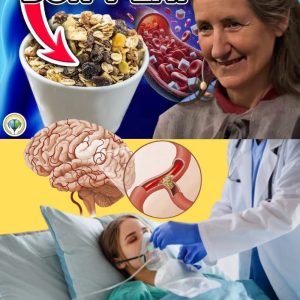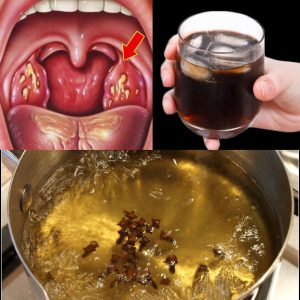10 Warning Signs of Poor Blood Circulation You Should Not Ignore
Proper blood circulation is essential for delivering oxygen and vital nutrients throughout the body. It ensures that your organs and tissues function optimally. However, when circulation is impaired, it can compromise various bodily functions, potentially leading to discomfort and severe health problems over time.
Recognizing the warning signs of poor blood circulation early can help you take the necessary steps to address the issue and maintain your overall well-being. Below, we outline the ten common symptoms that could indicate poor blood circulation and suggest why they should not be overlooked.
1. Numbness and Tingling
A common sign of poor circulation is experiencing numbness or tingling sensations, particularly in the extremities such as fingers or toes. This happens when restricted blood flow reduces the supply of oxygen and nutrients to these areas.
2. Cold Extremities
If you frequently have cold hands and feet, it may indicate that your blood is not adequately reaching these parts of your body. This symptom often becomes more noticeable in colder weather.
3. Swelling
Swelling in the lower extremities, such as the legs and ankles, can occur due to fluid buildup caused by poor circulation. When blood flow is restricted, fluid can leak from the blood vessels into surrounding tissues, resulting in swelling.
4. Fatigue and Lack of Energy
Feeling unusually tired or lethargic, even after adequate rest, may be linked to poor circulation. Without sufficient blood flow, your muscles and tissues don’t receive the oxygen they need, leaving you feeling drained.
5. Skin Discoloration
Changes in skin color, such as a bluish or purplish hue, can signal poor circulation. This discoloration is due to low oxygen levels in the blood reaching the skin.
6. Varicose Veins
Bulging veins, particularly in the legs, can be a sign of poor circulation. Varicose veins occur when blood pools in the veins due to inadequate blood flow, causing them to become enlarged and visible.
7. Slow Healing of Wounds
Minor cuts or injuries that take an unusually long time to heal can indicate poor circulation. Proper blood flow is critical for wound healing, as it delivers nutrients and oxygen to the affected area.
8. Cognitive Issues
Poor blood circulation can impact brain function, leading to memory problems or difficulty concentrating. Reduced blood flow to the brain means fewer oxygen and nutrients are delivered to this vital organ, impairing its performance.
9. Digestive Problems
Frequent digestive issues, such as bloating or stomach pain, may be associated with poor circulation. Reduced blood flow to the digestive organs can hinder their ability to function effectively.
10. Cramping and Pain
Frequent cramping or pain in the legs, especially during or after physical activity, could be a symptom of poor blood circulation. Known as ‘claudication,’ this condition occurs when restricted blood flow to the muscles causes pain and discomfort.
Take Action for Better Circulation
If you recognize any of these signs, consult a healthcare professional to determine the underlying cause and receive appropriate treatment. Adopting a healthy lifestyle that includes regular exercise, a balanced diet, and proper hydration can also improve circulation and prevent complications.
Prioritize your circulatory health today and take the necessary steps to ensure a healthier, more active life!





